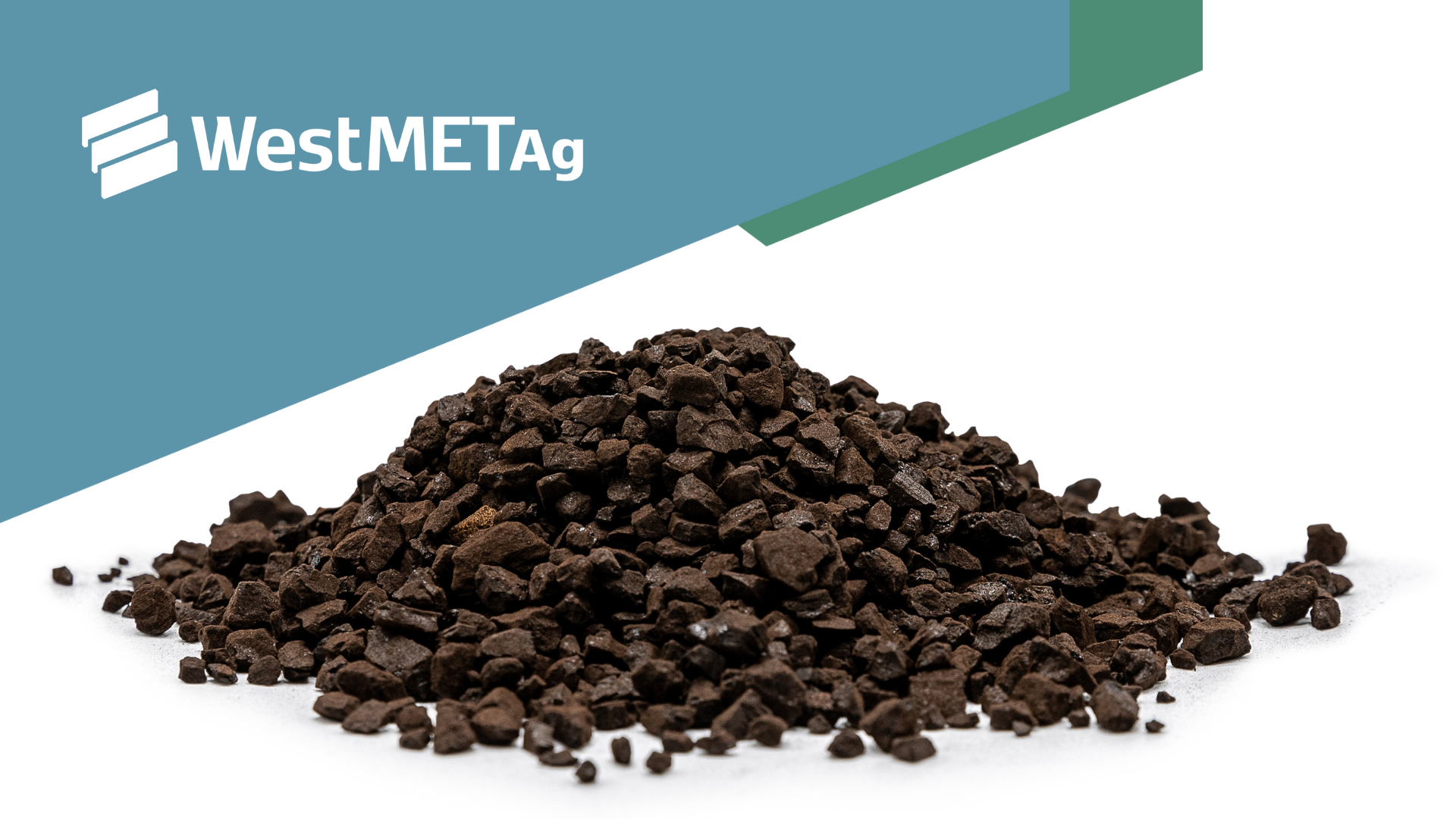
To understand how humic products can benefit your soil, we recently dug into the roles of carbon and humic substances with Dani Kusner, Certified Crop Advisor and independent educator. Kusner explained how carbon and microbes lay the groundwork for our soil systems, and how humic products can help to supplement carbon, thereby increasing nutrient holding capacity and nutrient cycling for our crops.

There are four components of soil organic matter: microbes, fresh residue, active organic matter, and stable organic matter. Within the soil system, carbon is constantly cycling as microbes break down fresh residue into active organic matter and then into stable organic matter. Stable organic matter is what we want, as it contributes to the soil’s healthy structure for air exchange, water infiltration and water and nutrient holding capacity.
The Humic Products Trade Association (HPTA) shares that “approximately 75% of the stable carbon components of soils under equilibrium conditions consist of humic substances.” There are three types of humic substances: humin, humic acid and fulvic acid. The goal of adding humic products to soil is to drive improved soil health and soil function.
Driving soil health with humic products
So, how exactly do the humic products work? Humic products can help meet the needs of microbes to improve soil health and structure. The four needs of microbes are air, water, temperature and food. Humic products help to improve soil aeration and water retention, as well as providing a carbon source to feed microbes.
Kusner shared primary benefits of humic products in agriculture per the HPTA:
- Increasing plant quality and production
- Promoting stronger root systems
- Increasing photosynthesis
- Improving nutrient uptake
- Helping facilitate movement and synthesis of sugars, vitamins and hormones by chelating nutrients
WestMET Ag’s Clay Williams, agriproducts manager, and Kusner emphasized that humic products are part of an integrated soil management strategy. A multiyear program is recommended to build soil structure and resilience over time.
Ready to work humic products into your operation? Kusner recommended four key questions growers should ask humic suppliers that we’ve answered for you:
- From what mine location is your product sourced?
WestMET Ag’s humic products are sourced from the Sheerness Mine, near Hanna, Alta. Kusner recommends humic products sourced in North America above imported products.
- What percentage of humic acid does the product contain?
Our products contain a minimum of 64% humic acid.
- What testing methodology is used?
As a member of the Humic Products Trade Association, our product is tested using an HPTA-recommended test, ISO 19822. ISO 19822 is a detailed test method approved by the International Organization for Standardization for humic acids and hydrophobic fulvic acids.
- Do you have crop or region-specific data trial results?
We’ve conducted various studies on the effects of Humalite on crops including wheat, canola and oats.
Continue your learning
Watch the full webinar to learn more about demystifying carbon compounds and the role of humic products in soil health.
Get in touch with us for more information or complete our sales form to obtain a quote for humic products based on your acreage, treatment and truck capacity.

